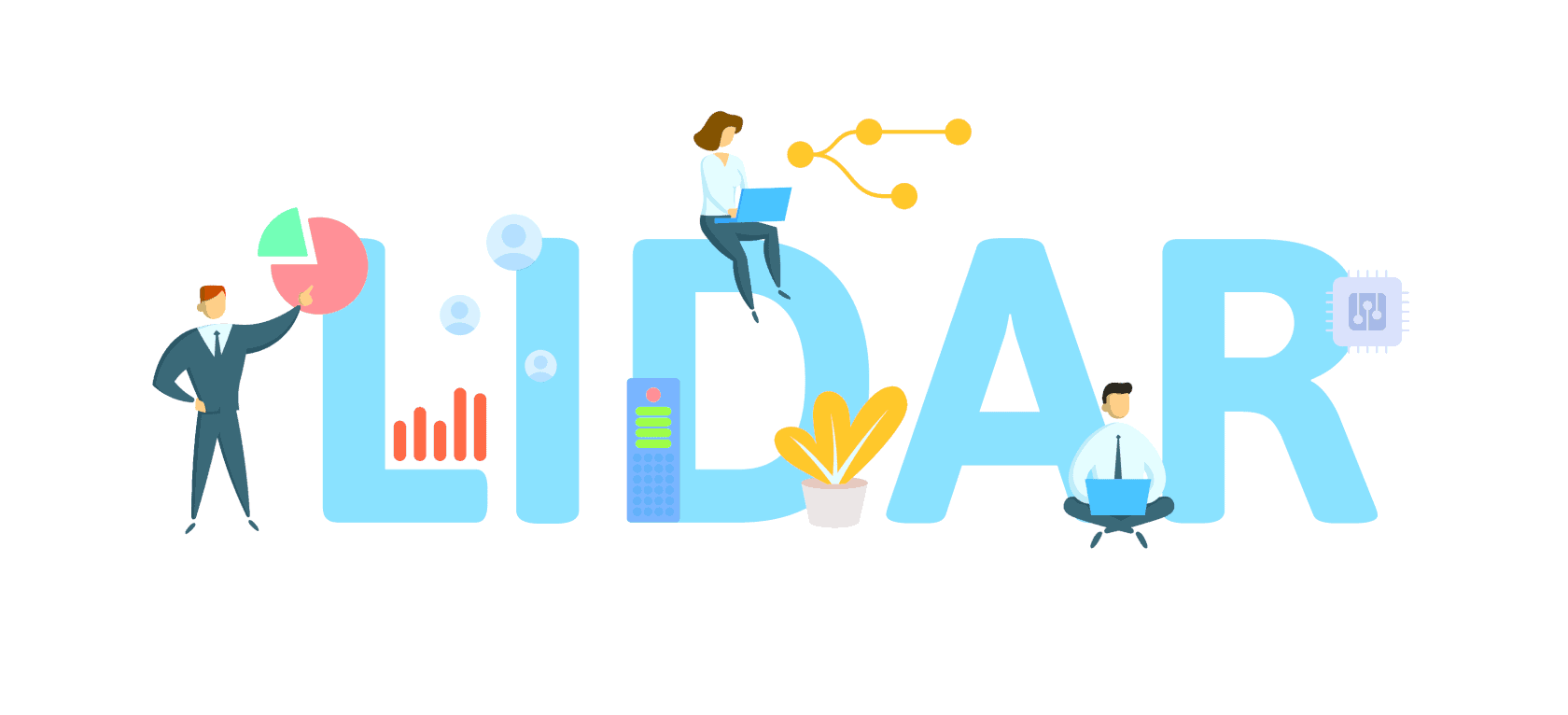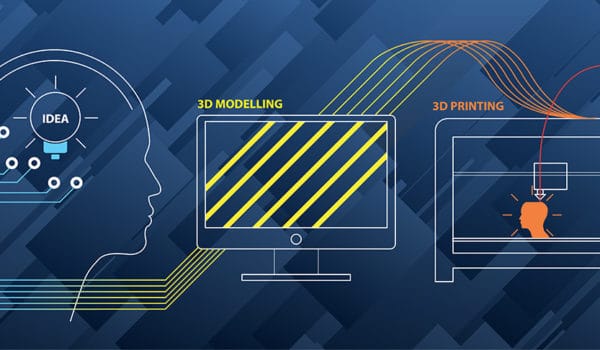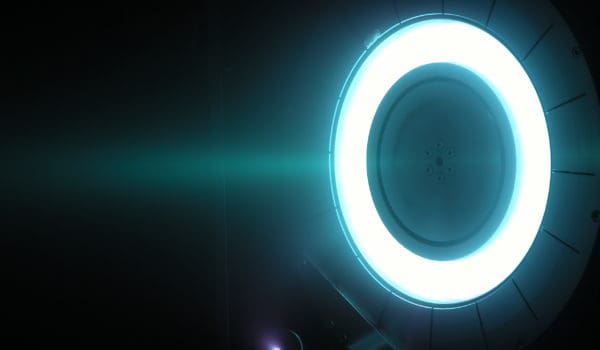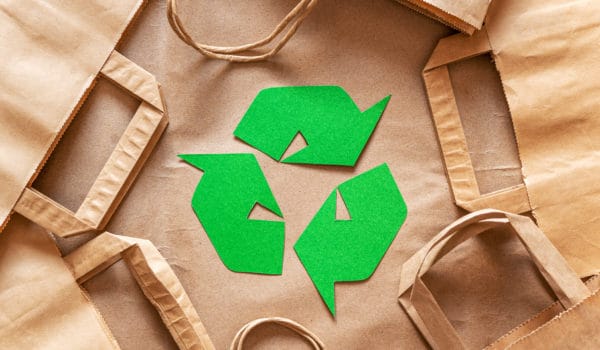LiDAR has multiple applications and utilities and its full scope would soon extend beyond our imagination as it unravels in the future. LiDAR is one of a number of technologies that collectively form the basis of the new automation era. LiDAR is changing the world in a number of ways, from simple sensor applications to 3D printing, 3D scanning, modeling, and smart cities. Let's take a look at some of the most common LiDAR applications and challenges.
Light Detection and Ranging (LiDAR) has gone a long way since it was initially introduced and installed on the moon’s surface in 1969. It was originally a 77-kilogram lunar laser range retroreflector array installed on a 46-centimeter (18-inch) square aluminum panel. It had to have cost a big dollar as well!
Fast forward to today, and LiDAR demand is at an all-time high. This is due to the numerous options that LiDAR offers for a wide spectrum of enterprises and sectors – large, medium, and small. Whether your company specializes in agriculture, construction, astronomy, autonomous vehicles, conservation, or the Internet of Things (IoT), LiDAR has a wide range of applications.
Augmented Reality (AR)
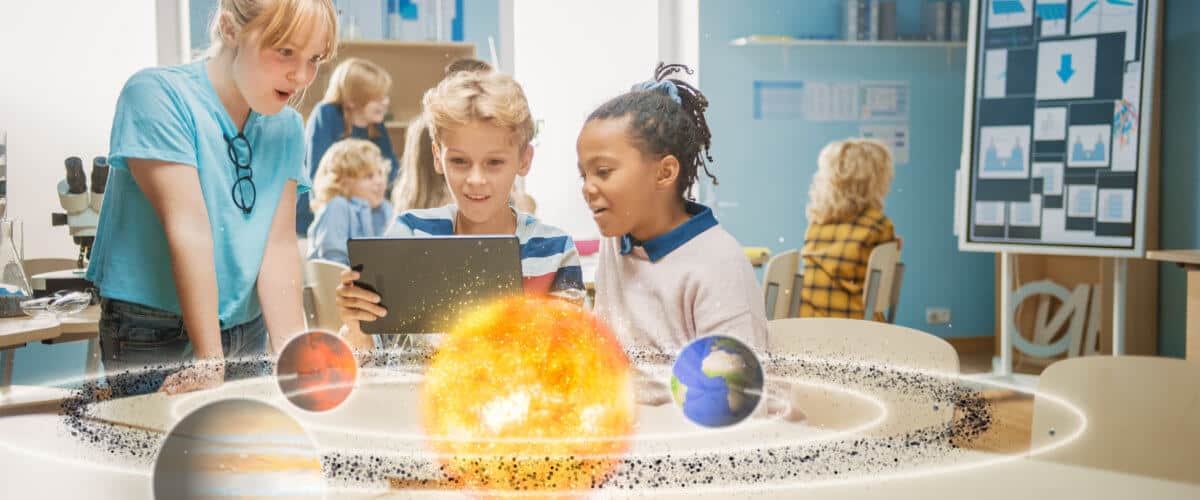
Augmented reality (AR) is a technology that allows users to view virtual content in the same way that it would have appeared in the real world. LiDAR improves the clarity and output of AR systems. A LiDAR scanner provides high-quality 3D mapping, allowing other AR systems to stack data on top of a high-resolution map. LiDAR enhances the AR experience by utilizing point clouds. The application of Doppler wind LiDAR, which would allow us to physically observe the wind flow, is being researched. This method would be extremely beneficial in aircraft safety, atmospheric data visualization, weather forecasting, and emergency preparedness.
Autonomous Vehicles
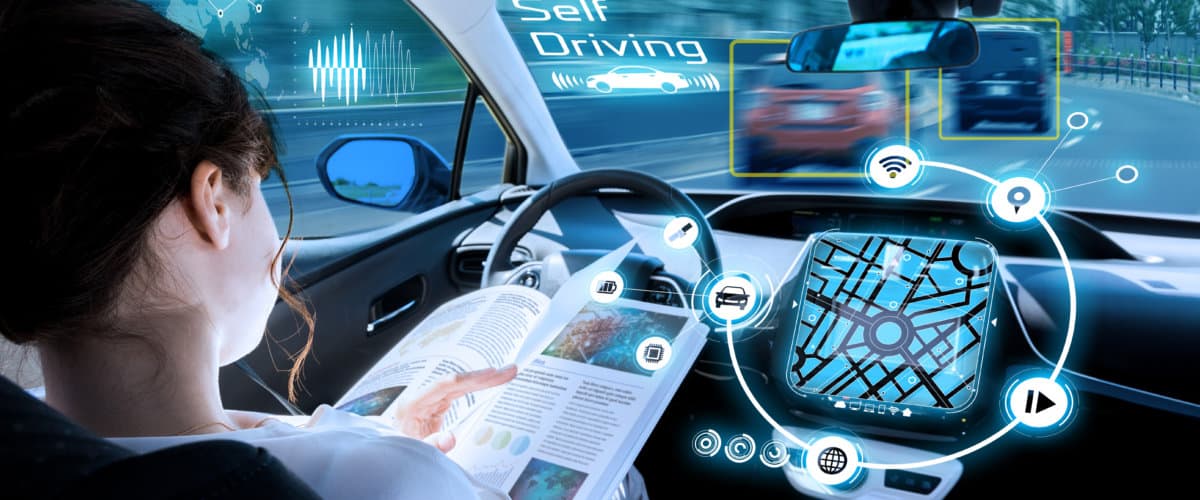
Autonomous cars are expected to hit the roads soon, and they will completely transform the automobile industry. Autonomous vehicles are impossible without LiDAR. LiDAR should be referred to as an autonomous vehicle’s eye since it observes its surroundings, calculates distance, identifies barriers ahead, lights things with a laser, and then generates a high-resolution digital image. LiDAR is also used to avert crashes by measuring the distance between a vehicle and the vehicle in front of it. This is accomplished by installing a LiDAR on the bumper or roof. The Adaptive Cruise Control system in an autonomous vehicle receives data from LiDAR sensors and uses it to determine whether to apply the brakes, slow down, or accelerate.
Climate Change Mitigation

LiDAR’s ultra-high resolution and precision imaging capture and emphasize even the smallest features. As a result, scientists and geologists are increasingly turning to LiDAR. LiDAR can more effectively track deforestation and agricultural trends than any other technology. Furthermore, the data gained pinpoints what was missed in prior calculations, making it even more dependable.
Surveying
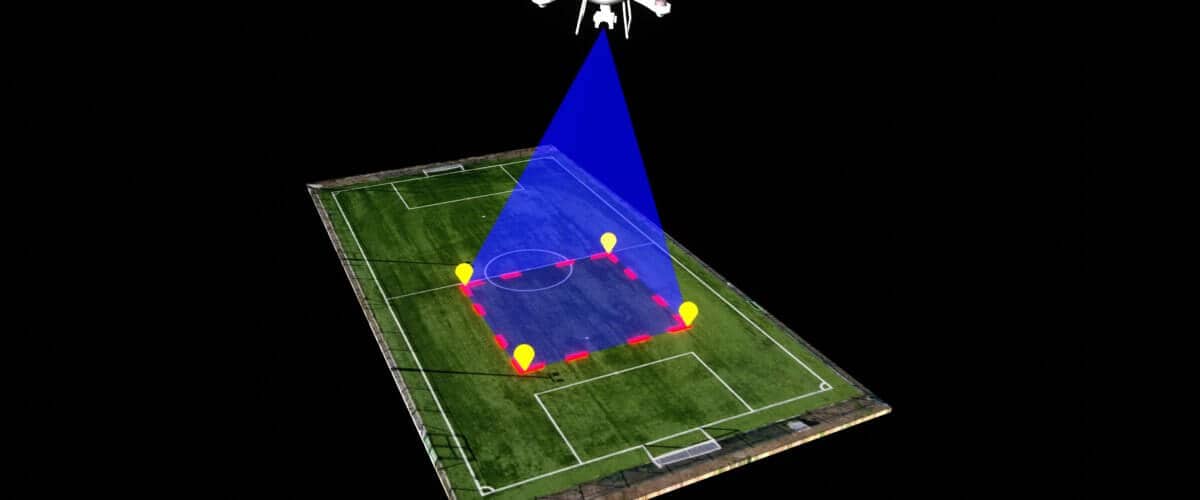
Surveying is one of the most well-known LiDAR applications. LiDAR surveying is utilized in building, urban planning, and studying a region’s topography. LiDAR surveying gets data quickly and so outperforms traditional surveying methods. Spatial models built using LiDAR have a minimal margin of error, save a significant amount of money, and enhance final decision making. In surveying, point data is turned into a surface, often known as a Digital Elevation Model (DEM). Depending on the use and density of the data, the DEM can have any texture. Following the creation of the surface, analysis can be performed as needed.
Archeology
LiDAR is proven to be a valuable asset in the excavation of old archaeological sites, especially because of the remarkable detail it provides. LiDAR allows archaeologists to save time and effort while creating models that were previously nearly impossible to produce.
LiDAR Challenges

Despite the cost reductions brought about by competition and mass production, some critics say LiDAR technology is still too expensive to fully use. This is due to the fact that many LiDAR manufacturers are unable to increase production while lowering end-user costs. Size and weight are also a concern for many customers considering LiDAR technology because it is strongly reliant on the need for a tiny form factor and low power output.
It’s difficult to mass-produce a small-form, low-cost LiDAR sensor that doesn’t impair machine mobility or payload. It’s also vital to think about low-power LiDAR sensors, which are necessary for single-trip applications. For example, a machine hauling revenue-generating stock would not benefit from a large and cumbersome LiDAR. In this scenario, the goal is to strike the right balance between choosing a compact, light, and low-power LiDAR for the job and securely loading your machine with a profitable payload. The retrieval and extractability of data produced by the LiDAR sensor is also a contentious issue. When it comes to data retrieval and gathering methods for LiDAR, there seems to be a little industry standard. As a result, LiDAR producers may easily build data retrieval systems and dashboards as needed, boosting the industry’s competitiveness. Naturally, this benefits customers by allowing them to choose the best solution for their data needs; yet, it also contributes to a condition of fragmented understanding regarding LiDAR’s tremendous data retrieval potential.
Illustration: Good_Stock/Shutterstock
You might also like:
Support us!
All your donations will be used to pay the magazine’s journalists and to support the ongoing costs of maintaining the site.
Share this post
Interested in co-operating with us?
We are open to co-operation from writers and businesses alike. You can reach us on our email at cooperations@youthtimemag.com/magazine@youthtimemag.com and we will get back to you as quick as we can.
